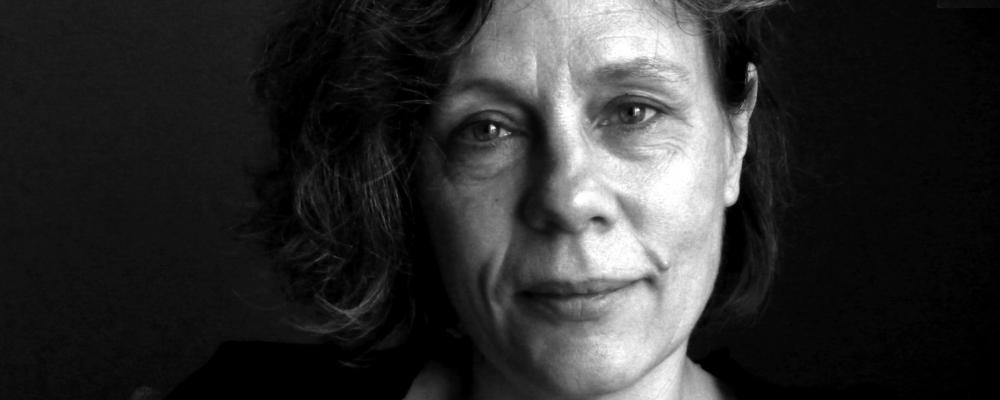Kerstin Bergendal, born and raised in Gothenburg and based in Copenhagen, is in addition to being a lecturer both a curator and a well-known artist. Her project ROTVÄLTA/ föreställning was selected through an open call issued by the City of Gothenburg last autumn. The purpose of the new artwork is to create new connections to Götaplatsen, through explorative processes and public activities.
Kerstin Bergendal primarily practices in a branch of contemporary art known as time-based participatory intervention. In her artistic practice, this orientation is characterised by projects being based around specific places and their logic. The places are often studied over long periods of time. As part of the artistic research process, institutions and people with connections to the place are invited to participate in both dialogue and co-creation.
Research that influences the education
Co-creation and exploratory processes have been central parts of several of Kerstin's previous works. Individuals with a connection to the investigated place have been invited to influence both processes, artworks and in some cases, even the construction of the sites. Kerstin's artistic field is also closely linked to several of the programmes at HDK-Valand.
– I used to be the programme coordinator for the second year of the Bachelor programme in Fine Art. During that year, the students get an introduction to and practical experience of facing outwards, towards the life and society that surrounds us. I used to ask the students to do exactly what the project at Götaplatsen will consist of: a journey into a place, and a mapping of the history of it, the people of the place, their everyday lives and relationships, says Kerstin Bergendal.
Kerstin has also taught the freestanding course Commissioning and Curating Contemporary Public Art, together with Kjell Caminha and Mick Wilson.
– The students on the course come from all over the world to learn the theory and methods of this particular branch of contemporary art. The course gives us the opportunity to pass on our concrete experiences, she adds.
How would you say the master's programme works with these perspectives?
– The exploratory method is actually a main feature of the Master's programme in Fine Art at HDK-Valand. All the teachers have extensive experience and knowledge in what we usually call an extended mandate to the artist. This means that art can take other forms and fulfill other purposes, rather than creating sellable works. We have the theory and methods to establish connections between people and things that are not usually connected. And to create discussion about things that are otherwise pushed into the background by the ruts of everyday life, says Kerstin.
The creation of the new artwork
ROTVÄLTA/ föreställning will, like Kerstin's previous projects, be based around a specific location. This time it will be Götaplatsen. In the first stage of the process, Kerstin will investigate Götaplatsen from a historical perspective, by searching through archives. Jan Christensen, associate professor at the Department of Historical Studies, will be involved in the process.
– For many people, Götaplatsen is synonymous with Gothenburg. This place has also acquired its special character through historical development. Therefore, I felt the need to have a historian on board, who can act as a guide. I will be working with Jan Christensen, who has specialised in the history of Gothenburg. I also see the project as a good opportunity to turn to other people whose research and focus could enrich a public dialogue about place and city, says Kerstin.
In early 2025, Kerstin will initiate a series of public conversations with several selected people, including historians and researchers. The conversations will be recorded and form parts of the artwork. A festival will also be organised in connection with the talks. During the festival, the public will be invited to discuss and share their personal stories about Götaplatsen.
The final stage of Kerstin's work on ROTVÄLTA/ föreställning will be to transform the collected material into a final artwork, which is expected to be completed in 2027. What it will consist of is yet to be revealed.
Read more in Göteborg Konst's press release about ROTVÄLTA/ föreställning here. The article is in Swedish.
